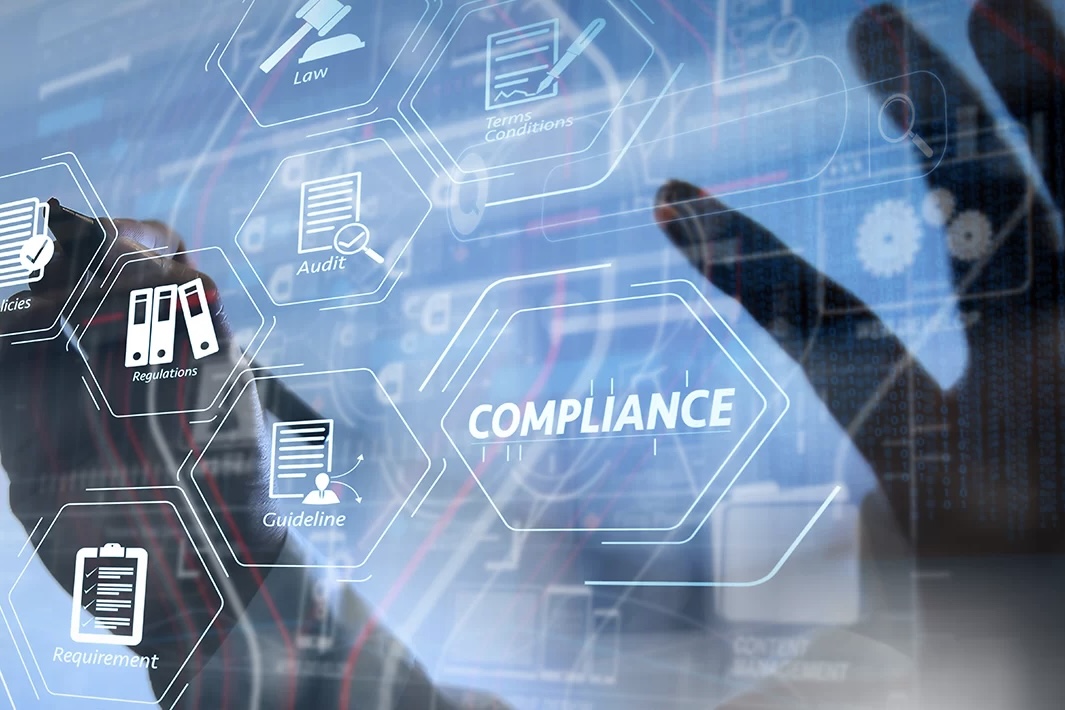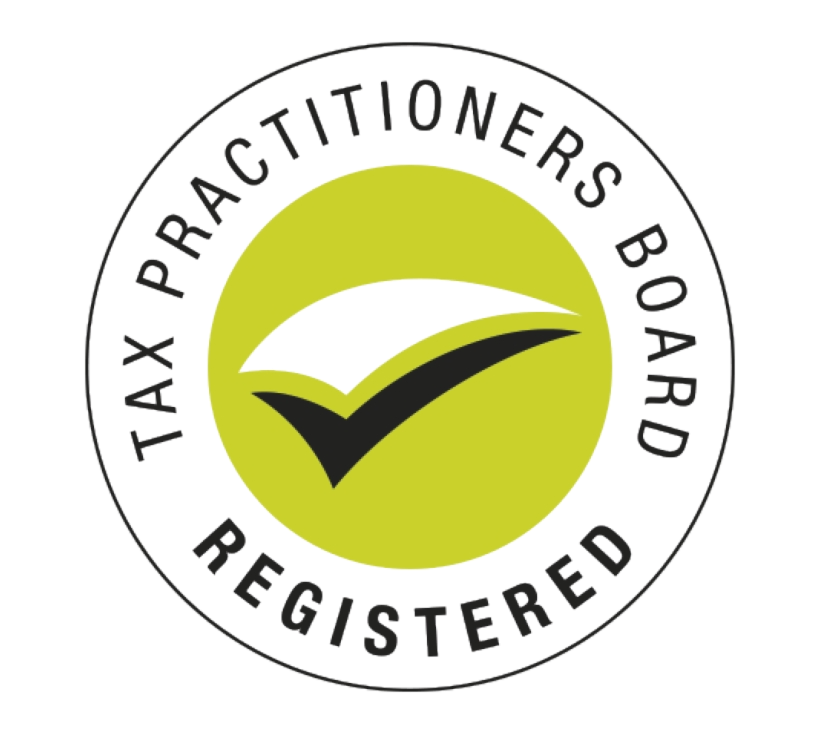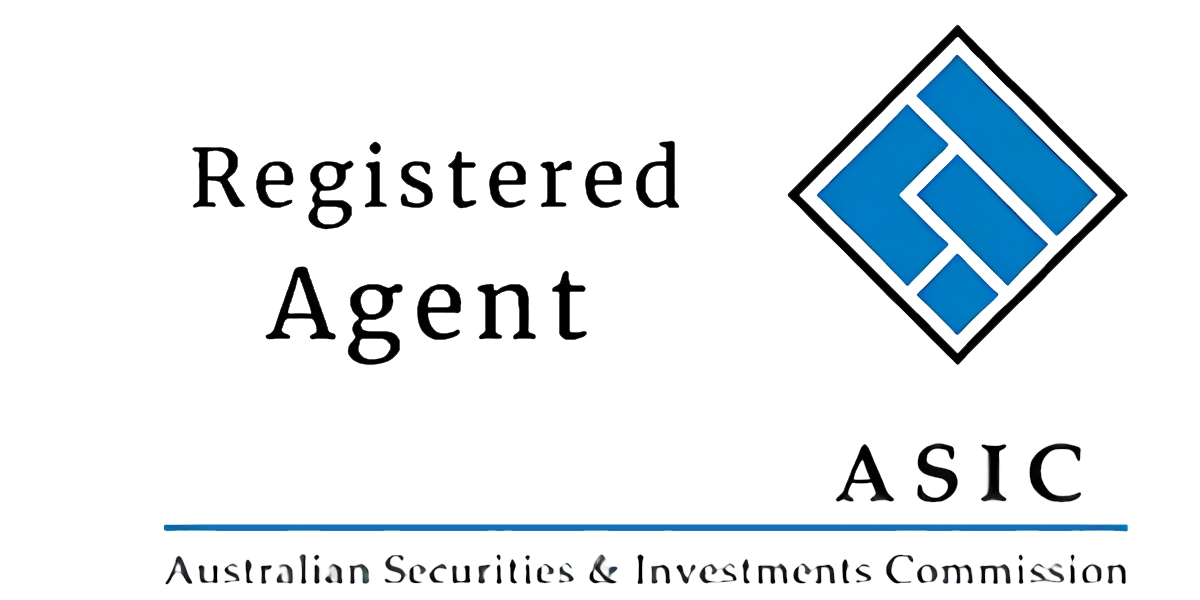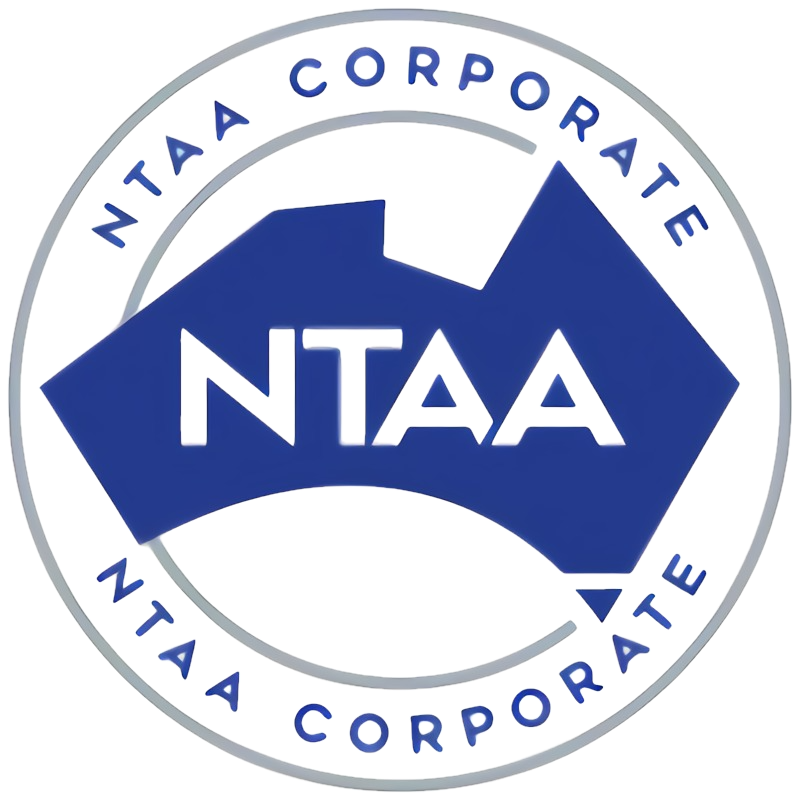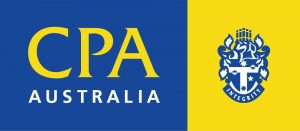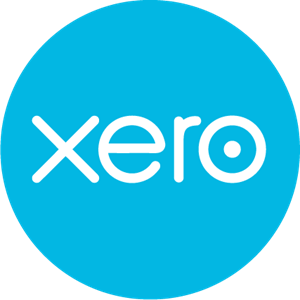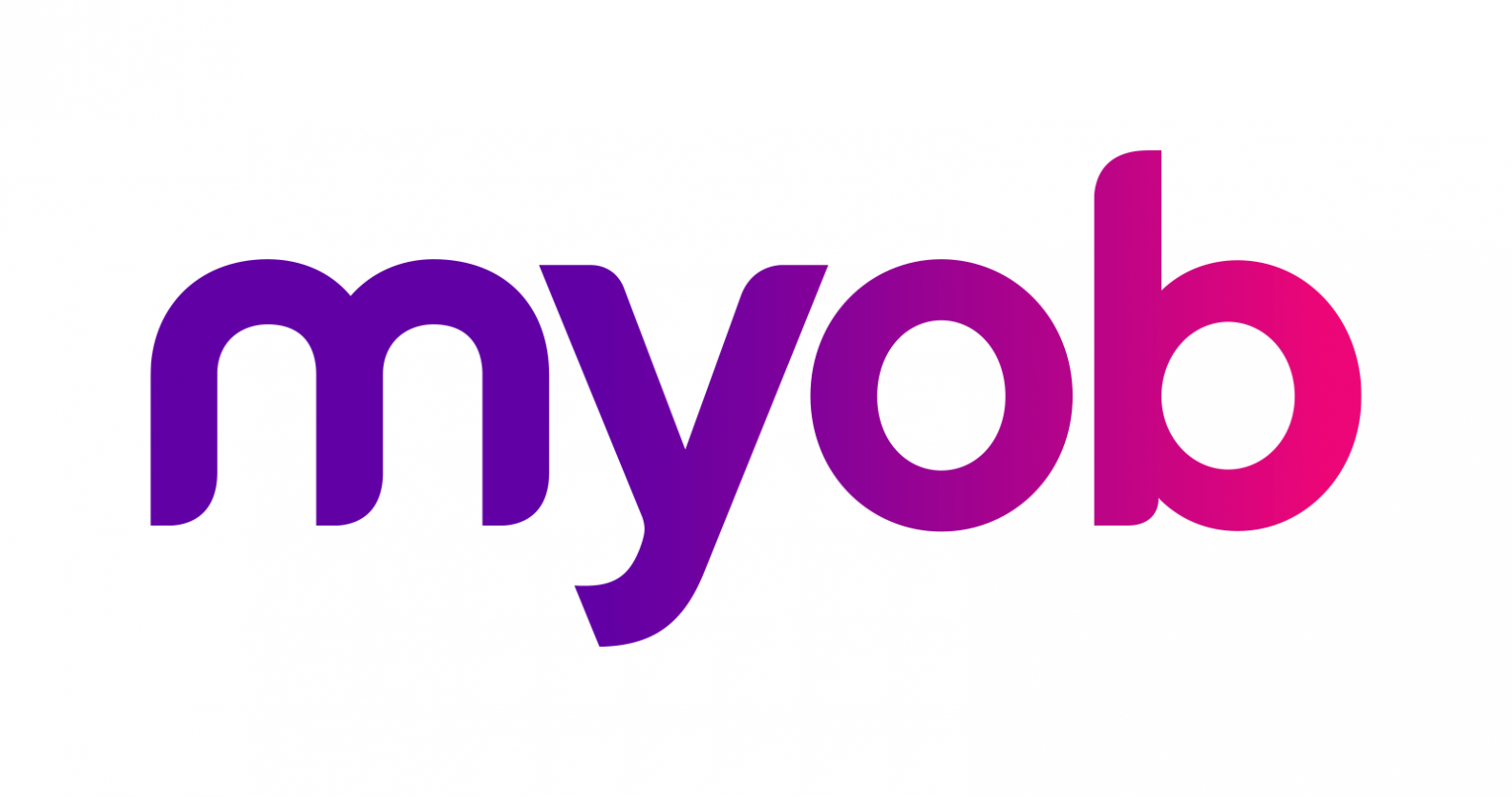PS LA 2005/20 provides guidance on signature requirements for making declarations in approved virtual forms lodged electronically or by phone and the approval process for electronic or telephone signatures.
This Practice Statement recently had its content checked for currency and technical accuracy, and was updated to apply current ATO style and accessibility requirements.
An approved form that is lodged with or given to the ATO is required to contain a signed declaration from the entity lodging or giving the form.
Where the form is lodged electronically, any required signature must be an electronic signature, defined as ‘a unique identification of the entity in electronic form that is approved by the Commissioner’. This gives the ATO a broad discretion to determine the appropriate signature to be used on forms that are transmitted to the ATO electronically.
Similarly, where the form is given by phone, a telephone signature is required, which is defined as ‘a unique identification of the entity that can be given by telephone and that is approved by the Commissioner’.
This Practice Statement contains an Instrument of Approval (‘IOA’) guide and IOA template to assist taxpayers in writing an IOA and dealing with the relevant signature requirements. It also contains examples of both electronic signatures and telephone signatures.
________________________________________________________________________________________________________________
PS LA 2009/8 UPDATED — ATO’s determination under S.71(1)(e) of the SIS Act that an asset is not an in-house asset of an SMSF
PS LA 2009/8 outlines the circumstances where the ATO would execise its discretion to issue a determination that an asset is not an in-house asset.
Editor: This Practice Statement was recently updated to align with current ATO style and accessibility guides.
Part 8 of the Superannuation Industry (Supervision) Act 1993 (‘SIS Act’) contains the in-house asset rules that apply to regulated superannuation funds (including SMSFs).
Subject to some exceptions, an in-house asset of a superannuation fund is an asset of the fund that is:
- a loan to, or an investment in, a related party of the fund;
- an investment in a related trust of the fund; or
- an asset of the fund subject to a lease or lease arrangement between a trustee of the fund and a related party of the fund.
The ATO, as the regulator of SMSFs, has the power to make a determination under S.71(1)(e) of the SIS Act that a particular asset of an SMSF is not, or will not be, an in-house asset of the fund.
This Practice Statement contains various examples of circumstances considered both unusual or out of the ordinary, and of those not considered unusual or out of the ordinary (i.e., where the ATO either would or would not execise its discretion to issue a determination that an asset is not an in-house asset).
________________________________________________________________________________________________________________
MONTHLY TAX TIP — What should tax practitioners do when they identify prior year tax issues?
New clients often come with their own tax history, which may potentially include preexisting tax issues relating to prior income years. Whether a tax practitioner is required to deal with any such issues ultimately comes down to their terms of engagement with the client.
An appropriately drafted engagement letter can effectively limit the scope of the engagement to start from the current year, ensuring that any review, analysis, or resolution of the client’s prior year tax issues is excluded from the engagement (unless expressly agreed upon).
In certain cases, a practitioner may also have a legal duty to disclose information relating to a prior year tax return to a prescribed third party (with or without the client’s permission), e.g., where the ATO has issued a written notice to the practitioner in relation to the client’s tax affairs.
New ‘whistleblower laws’ apply from 1 July 2024, which broadly provide protection to certain entities including tax practitioners (i.e., ‘whistleblowers’) who voluntarily report a client’s misconduct under the tax rules to the ATO (e.g., a client engaging in tax evasion). Generally speaking, these laws provide protection to the whistleblower from having their identity disclosed to other parties, from various types of liability, and from breaching the confidentiality requirements of the Code of Professional Conduct.
Editor: These and many other issues regarding practice management are discussed in our “Protecting Your Practice Managing Client Risk and Future Uncertainty” seminar, running Online during December 2024.


